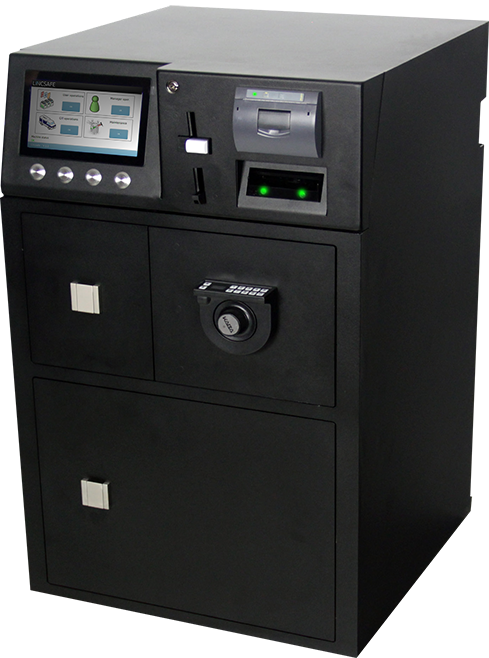These days we can access our business or home CCTV from our phones at the touch of a button. But how did it all start?
CCTV systems are now something we take for granted, we feel comforted and secure knowing that it is helping to protect our premises, assets and keeping us safe.
Early use of CCTV
The earliest documented use of CCTV was in 1942 by Bruch, who wanted to be able to monitor V2 rocket launches from a different location.
Then in 1962 Marie Van Brittan Brown feeling uneasy in her neighbourhood designed a closed-circuit security system that monitored visitors via camera and projected their images onto a television monitor.
Marie Van Brittan Brown also created a panic button that contacted the police immediately.
Brown envisioned a series of three to four peepholes at various heights; a camera would slide over these peepholes to assess the outside area. A radio-controlled wireless system would transfer the image to a monitor, or set of monitors, positioned anywhere in the residence. At the monitor, a resident could not only see who was at the door, she could also talk with that person via a set of two-way microphones. A remote control option allowed her to lock or unlock the door from a safe, or more convenient distance. These earlier cameras did not have great graphics and neither could they record video footage. They could only be used for live monitoring and comprised of a camera and a monitor.
CCTV was originally introduced to Britain Streets in 1960 as a temporary measure for overseeing crowds at Trafalgar Square during a visit by the Thai Royal family. It wasn't until the following year the first permanent CCTV cameras were set up in London's railway stations to improve security.
By the late 70's the picture quality was still poor and was mainly used for high-risk security targets, such as banks, however the introduction of VCRs enabled the footage to be recorded and the CCTV systems to run on their own.
The systems had many unsuccessful trials and the first outdoor CCTV system was eventually installed in Bournemouth in 1985.
In the 1990’s, Digital multiplexing was designed this allowed several cameras to record at the same time, time-lapse and motion recording and for multiple cameras to be displayed on a single screen. This enabled individuals and businesses to install cameras in various locations and have a simultaneous view of the monitored areas.
In the late 90's digital video recorders were introduced, they were easier to use, able to store more data and gave a better quality than that of magnetic tapes, but the main advantage of the DVR was it could be programmed to only start recording when motion was detected, this sure beat sitting watching hours of tapes footage.
Today we also have NVR (Network Video Recorder), which are generally wireless, and process video data differently to the DVR. An NVR system encodes and processes the video data at the camera, then streams it to the NVR recorder which is used for storage and remote viewing, they are typically used with IP cameras whereas DVRs are used with analogue cameras.
Today it is estimated that there are 100 million CCTV cameras in use worldwide.
Over the next few weeks we will continue to explore the past and the role it has in our lives and the future. Come back next Wednesday for more articles - Simply signup here to our newsfeed to stay informed.
If you’d like to talk to us about specific security products or ask a question about any of our services, please email sales@csguk.com or call us +44 (0) 844 8000 448.
and we'll be more than happy to help...








